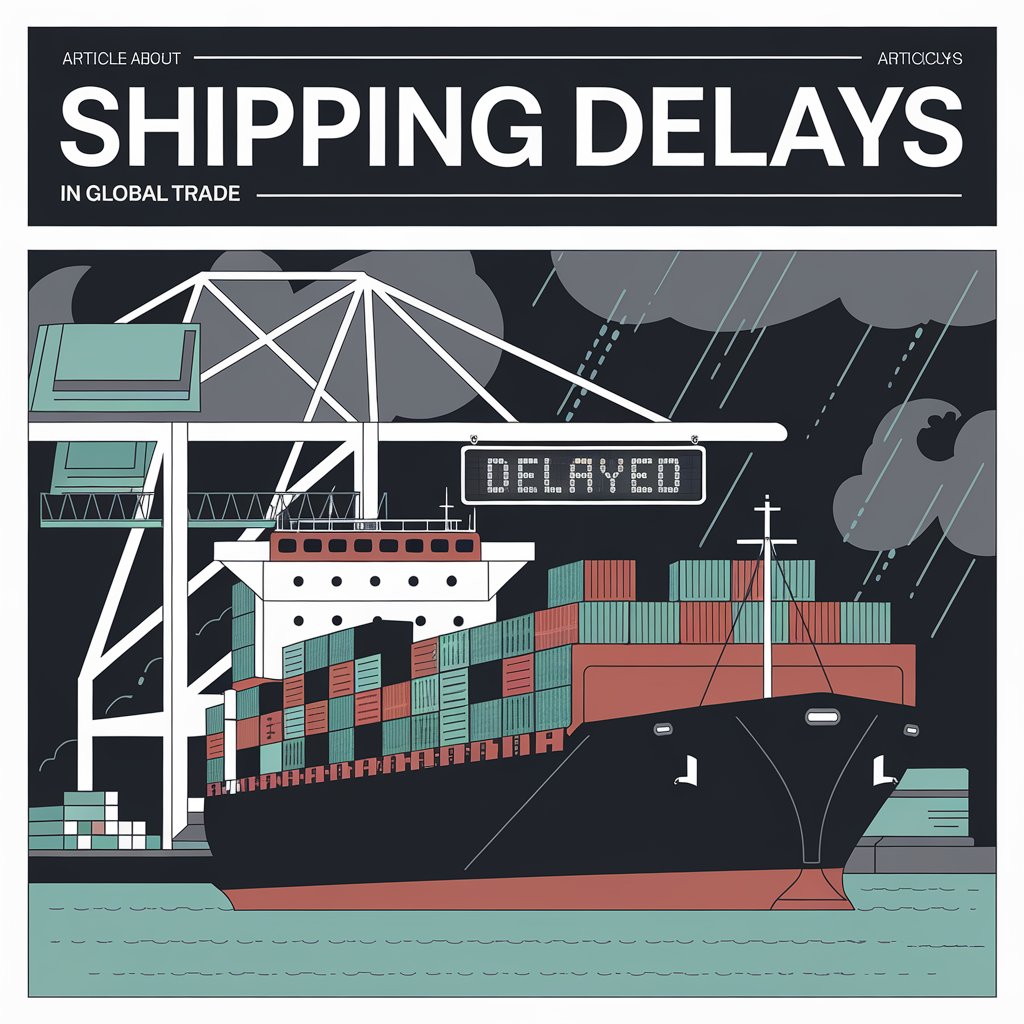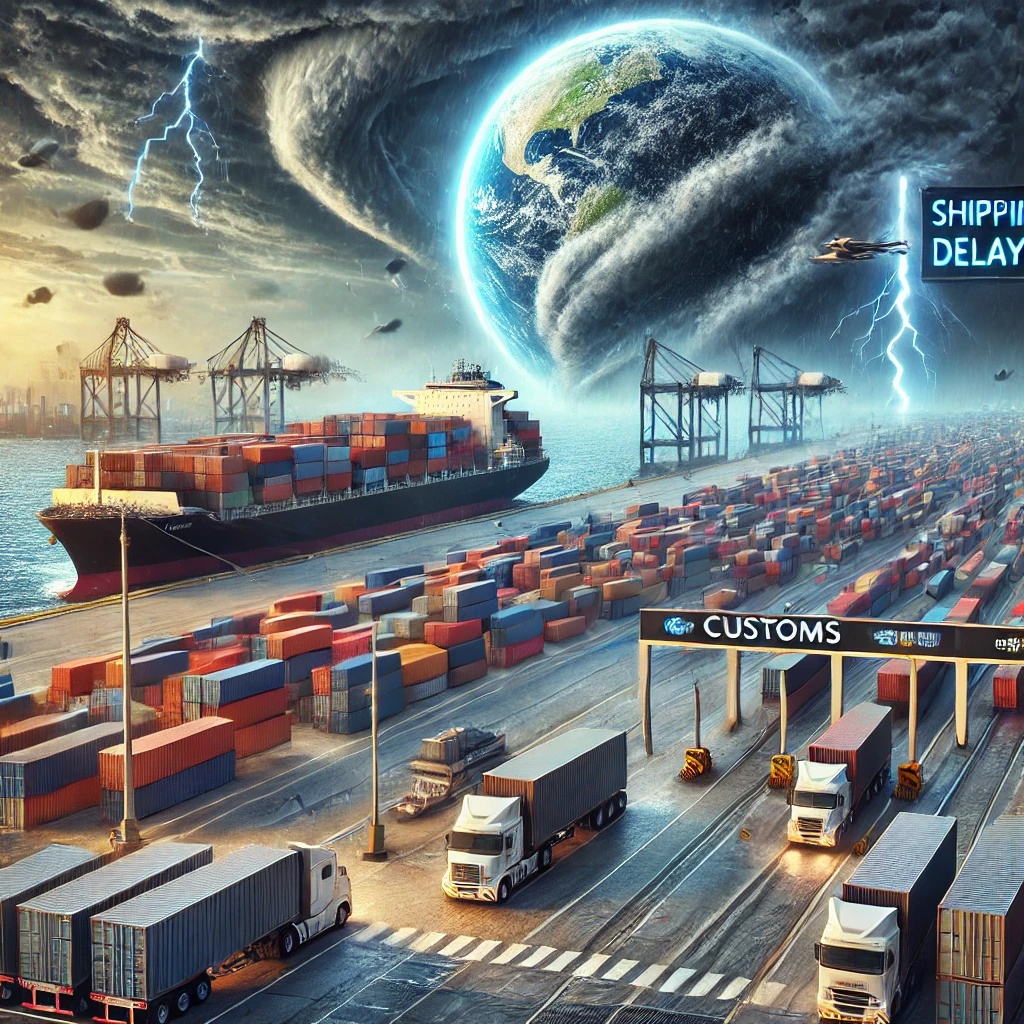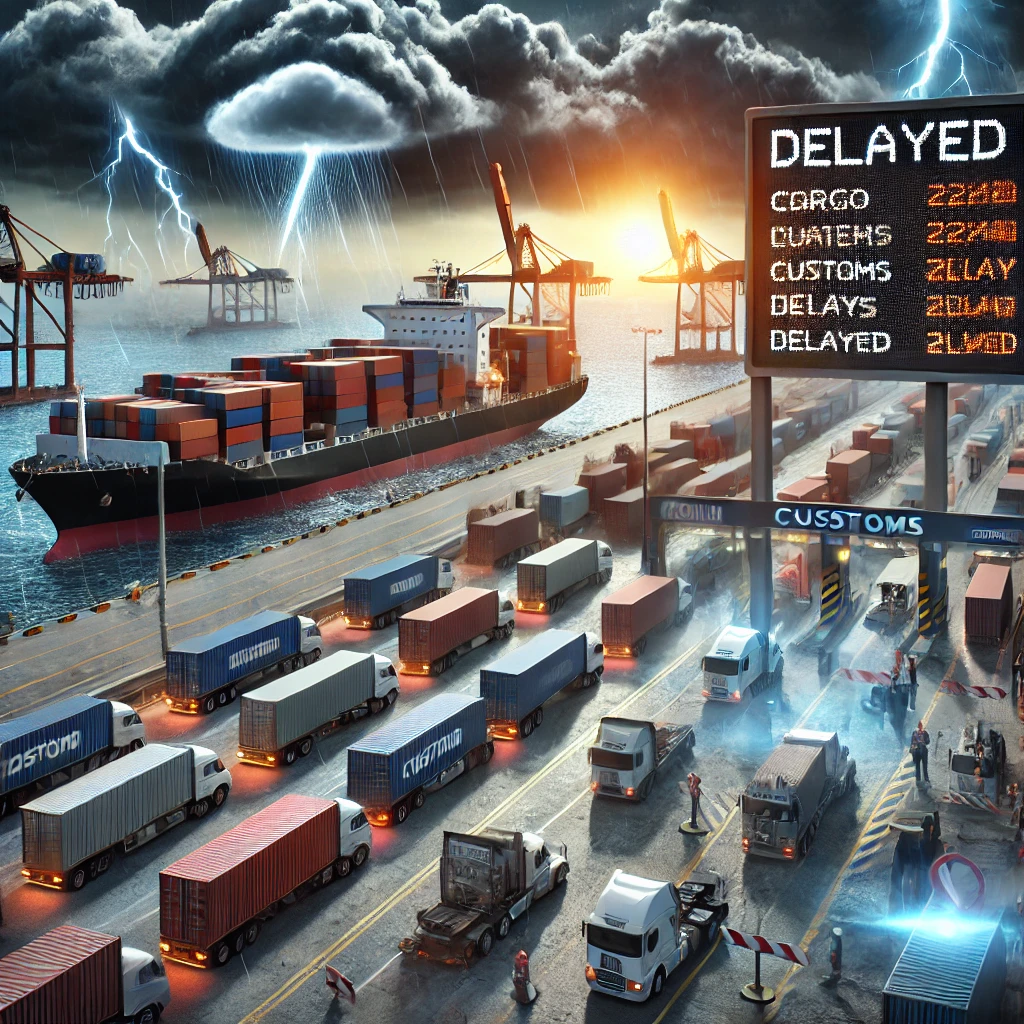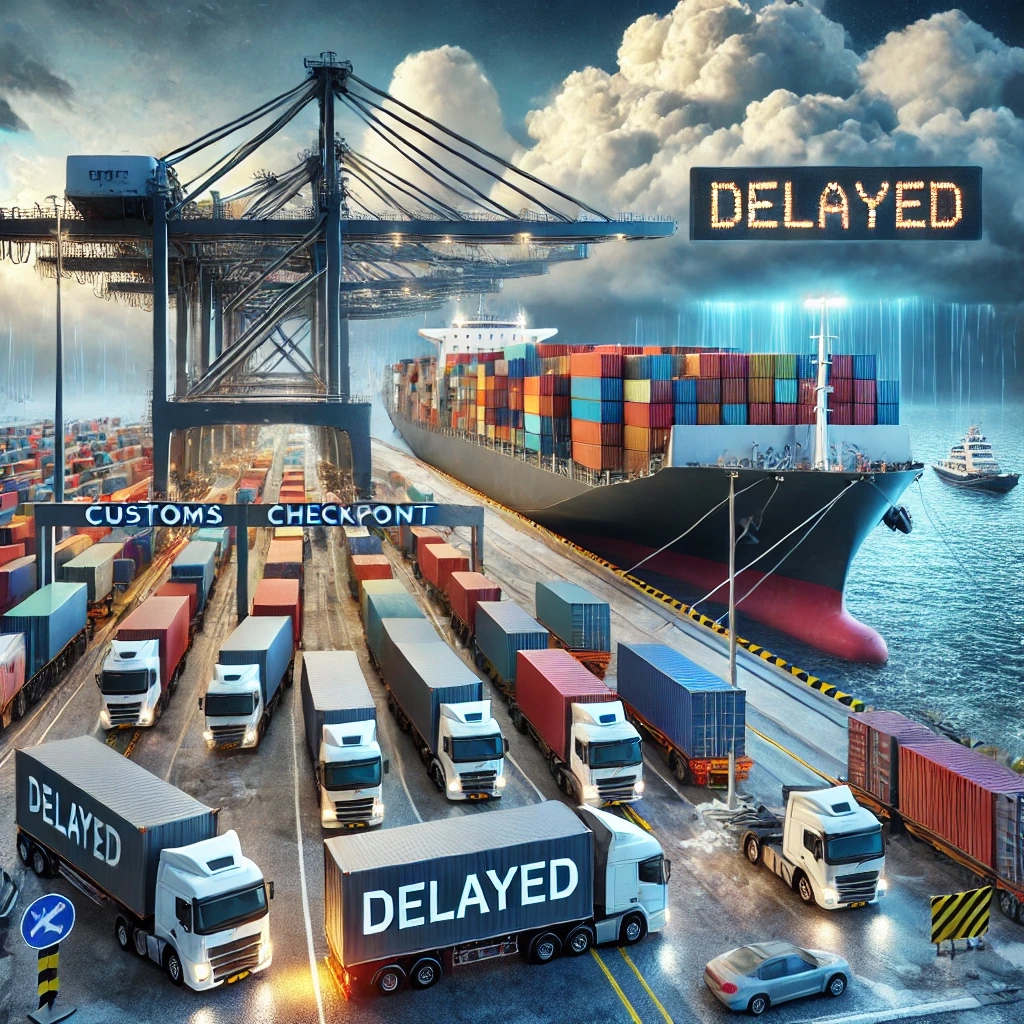Top 10 Reasons for Shipping Delays: Understanding and Mitigating Logistics Challenges

1. Weather Conditions
Severe weather events can significantly disrupt shipping operations:
- Hurricanes, blizzards, and floods can halt transportation
- Extreme temperatures may require special handling of goods
- Climate change is increasing the frequency of severe weather events
Mitigation: Implement weather monitoring systems and have contingency plans in place for rerouting shipments when necessary.
2. Port Congestion Shipping Delay Reasons
Overcrowded ports lead to longer wait times for ships:
- Increased global trade volumes strain port capacities
- Labor shortages at ports slow down loading and unloading processes
- Equipment shortages further exacerbate delays
Mitigation: Consider alternative ports or shipping methods during peak seasons, and maintain open communication with port authorities.

3. Customs and Regulatory Issues
International shipments often face delays due to customs procedures:
- Incomplete or incorrect documentation
- Changes in import/export regulations
- Increased security measures and inspections
Mitigation: Stay updated on customs requirements, use experienced customs brokers, and ensure all documentation is accurate and complete.
4. Carrier Capacity Constraints
Limited space on ships, planes, or trucks can cause delays:
- Peak shipping seasons (e.g., holidays) create capacity shortages
- Imbalances in global trade flows lead to equipment shortages
- Carrier bankruptcies or consolidations can reduce overall capacity
Mitigation: Book shipments well in advance, especially during peak seasons, and consider multi-carrier strategies.

5. Labor Strikes or Shortages
Workforce issues can bring shipping operations to a halt:
- Dock worker strikes at major ports
- Trucker shortages affecting ground transportation
- Labor disputes in related industries (e.g., rail)
Mitigation: Stay informed about potential labor issues and have contingency plans for alternative shipping methods or routes.
6. Technology Failures
In our digital age, technological glitches can cause significant delays:
- IT system outages at ports or carriers
- Cyber attacks disrupting logistics networks
- GPS or tracking system failures
Mitigation: Invest in robust IT systems, implement strong cybersecurity measures, and have backup systems in place.
7. Global Events and Crises
Unforeseen global events can have far-reaching impacts on shipping:
- Pandemics (e.g., COVID-19) disrupting supply chains
- Geopolitical conflicts affecting trade routes
- Economic crises leading to changes in shipping patterns
Mitigation: Develop flexible supply chain strategies and diversify sourcing to reduce dependence on single regions.
8. Vehicle or Vessel Breakdowns
Mechanical issues with ships, planes, or trucks cause shipping delay reasons:
- Engine failures in container ships
- Aircraft maintenance issues
- Truck breakdowns on long-haul routes
Mitigation: Regular maintenance of transportation assets and partnerships with reliable carriers can minimize these occurrences.

9. Supplier Delays
Late shipments often start at the source:
- Production delays at manufacturing facilities
- Raw material shortages affecting product availability
- Quality control issues requiring rework
Mitigation: Maintain close communication with suppliers, implement supplier performance metrics, and consider dual-sourcing strategies.
10. Last-Mile Delivery Challenges
The final leg of the shipping journey is often the most unpredictable:
- Traffic congestion in urban areas
- Incorrect or incomplete address information
- Missed delivery attempts due to recipient unavailability
Mitigation: Utilize advanced route optimization software, provide clear delivery instructions, and offer flexible delivery options to recipients.
The Impact of Shipping Delays
Understanding the consequences of delays is crucial:
- Customer dissatisfaction and potential loss of business
- Increased costs due to expedited shipping or inventory holding
- Supply chain disruptions affecting production schedules
- Reputational damage for businesses unable to meet delivery promises
Strategies for Managing Shipping Delays
- Improve Visibility
- Implement real-time tracking systems
- Use predictive analytics to anticipate potential delays
- Enhance Communication
- Keep customers informed about delays and provide updated ETAs
- Maintain open lines of communication with carriers and suppliers
- Build Buffer Time
- Set realistic delivery expectations with customers
- Include buffer time in shipping schedules to account for potential delays
- Diversify Shipping Options
- Use multiple carriers and transportation modes
- Consider regional warehousing to reduce shipping distances
- Invest in Technology
- Utilize AI and machine learning for better route optimization
- Implement blockchain for improved traceability and documentation
- Continuous Improvement
- Regularly analyze shipping data to identify recurring issues
- Conduct post-mortem reviews of significant delays to prevent future occurrences
Conclusion
Shipping delays are a complex challenge in today’s global supply chains. By understanding the common reasons for these delays and implementing proactive strategies, businesses can minimize their impact and improve overall logistics performance. As the shipping landscape continues to evolve, staying informed and adaptable will be key to navigating the challenges of global trade.
Remember, while delays may sometimes be unavoidable, how a company responds to and manages these situations can make a significant difference in customer satisfaction and business success. By implementing the strategies outlined in this article, you can work towards creating a more resilient and efficient shipping operation.
